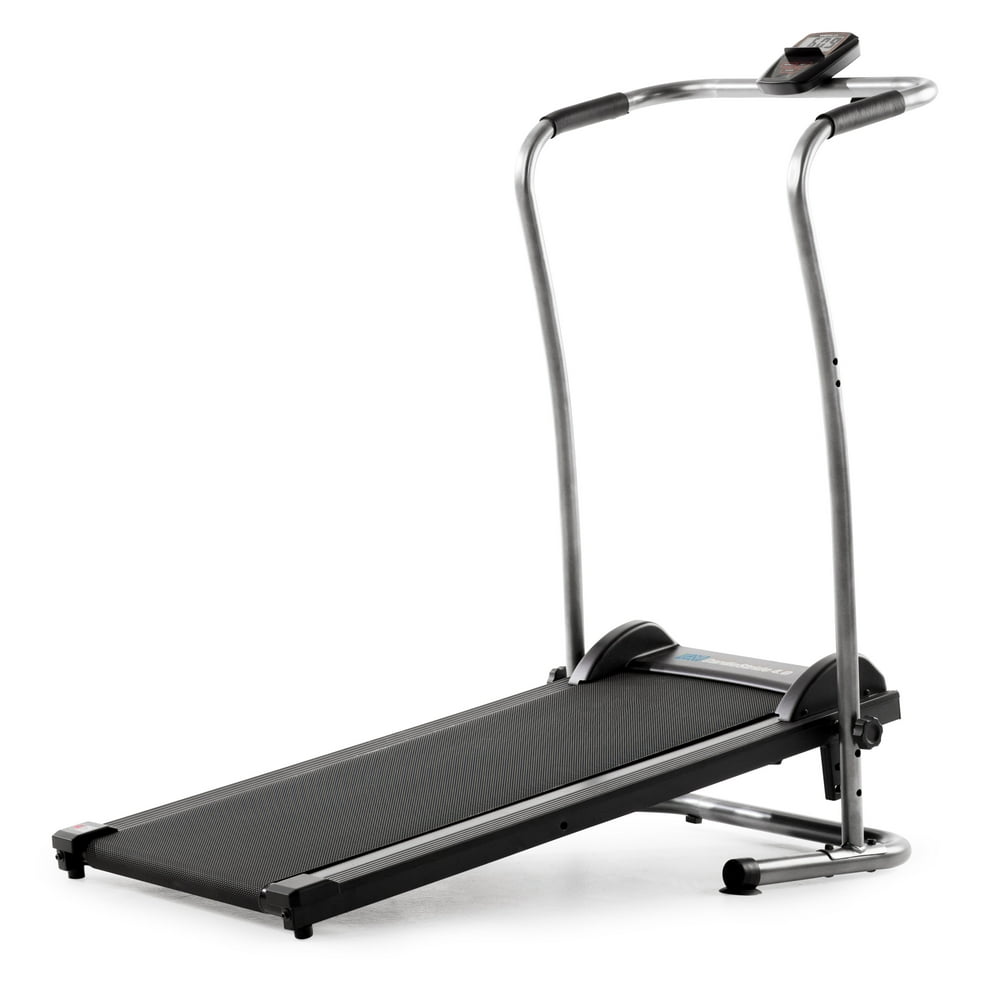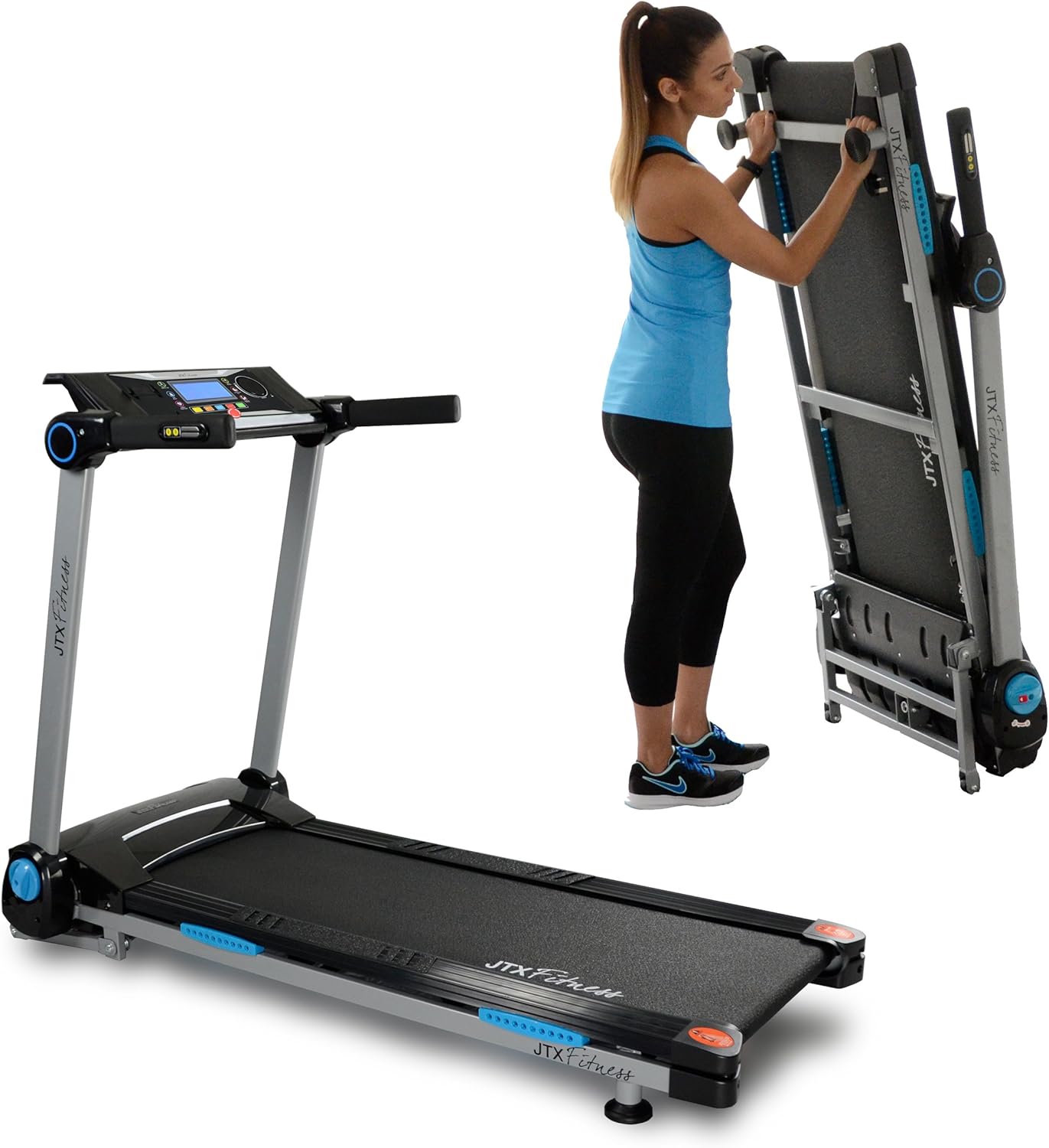I. Introduction

A. The growing trend of home fitness equipment In recent years, there has been a significant increase in the popularity of home fitness equipment. With busy schedules and the convenience of working out at home, more and more people are investing in exercise gear to stay fit and healthy. Home fitness equipment provides the flexibility to exercise on your own time, in the comfort of your own space.
B. Preview of the benefits and challenges of home fitness equipment management While having home fitness equipment offers numerous benefits, such as convenience and privacy, there are also challenges involved in managing and maintaining these items. This article will explore the advantages and potential obstacles related to home fitness equipment management, focusing on the importance of appropriate equipment selection and creating an ideal workout area.
II. Choosing the Right Home Fitness Equipment
A. Assessing your fitness goals and space constraints
Before investing in home fitness equipment, it’s crucial to accurately assess your fitness goals and the available space in your home. Determine your specific fitness objectives, whether they are weight loss, muscle toning, or cardiovascular health. Additionally, evaluate the layout and dimensions of the area where you plan to set up your home gym.
- Identifying your fitness objectives Clarify your fitness goals and prioritize the types of exercises and equipment that align with those objectives. For example, if you aim to improve cardiovascular endurance, a foldable treadmill might be a suitable choice.
- Evaluating the available space and layout in your home Examine the available space in your home and consider factors such as room dimensions, ceiling height, and flooring suitability. This will help you determine the size and type of equipment that will fit comfortably in your designated workout area.
B. Factors to consider when selecting equipment, including foldable treadmills

When deciding on specific home fitness equipment, such as a foldable treadmill, it’s important to consider various factors that impact usability and functionality.
- Size, weight, and storage options Take into account the dimensions and weight of the equipment, especially if you have limited space or plan to store it when not in use. Foldable treadmills, for instance, offer space-saving benefits as they can be easily folded and stored away.
- Versatility, features, and user-friendliness Consider the versatility and features offered by the equipment. Look for adjustable settings, built-in workout programs, and user-friendly interfaces. For foldable treadmills, features like adjustable incline levels and connectivity options can enhance your workout experience.
III. Creating a Dedicated Workout Area
A. Optimizing space for exercise equipment
To create an effective home workout area, it’s important to optimize the available space based on safety, convenience, and accessibility.
- Designating a specific area for your workout equipment Choose a dedicated area within your home that can accommodate your exercise equipment and allow for comfortable movement. This area can be a spare room, a corner of a basement, or even a section of your living room.
- Considering safety, convenience, and accessibility factors Ensure that your designated workout area provides a safe environment for exercising. Remove any potential hazards or obstacles, provide proper lighting, and consider installing mirrors for form correction. Additionally, make sure the area is easily accessible, allowing you to seamlessly transition into your exercise routine whenever you desire.
B. Organizing and storing equipment

Proper organization and storage of your home fitness equipment contribute to an efficient and functional workout area.
- Utilizing storage solutions for smaller items Organize smaller fitness accessories, such as resistance bands, weights, and yoga mats, with appropriate storage solutions like bins, shelves, or wall-mounted racks. This helps keep your workout space tidy and ensures easy access to your equipment.
- Properly folding and storing foldable treadmills and larger equipment For equipment like foldable treadmills, follow the manufacturer’s instructions for folding and storing. Ensure that the equipment is securely folded and stored in a designated area to prevent damage and maximize the available space in your workout area.
IV. Maintenance and Safety Guidelines
A. Regular cleaning and upkeep
- Cleaning and disinfecting equipment after use Proper hygiene is important when it comes to home fitness equipment. After each use, thoroughly clean and disinfect your foldable treadmill and other exercise gear. Use mild antibacterial cleaning solutions or wipes to sanitize surfaces, handles, and touchpoints. Pay attention to areas that come in contact with sweat, such as the handrails and console.
- Inspecting for wear and tear and addressing maintenance issues promptly Regularly inspect your foldable treadmill and other equipment for any signs of wear and tear. Check for loose or damaged parts, frayed cables, or worn-out belts. Address any maintenance issues promptly to avoid further damage or injuries. Consult the user manual or contact the manufacturer for guidance on maintenance and repairs, or seek the assistance of a professional if necessary.
B. Ensuring proper usage and safety precautions

- Reading and following the manufacturer’s instructions Before using your foldable treadmill or any other exercise equipment, familiarize yourself with the manufacturer’s instructions and safety guidelines. These instructions may include weight capacity limits, recommended usage durations, and proper form for exercises. Adhering to these instructions will help ensure safe and effective workouts.
- Incorporating warm-up and cooldown routines for injury prevention To reduce the risk of injury, incorporate warm-up and cooldown routines into your exercise regimen. Warm-up exercises help prepare your muscles and joints for the workout, increasing flexibility and reducing the risk of strains. Cooldown exercises, such as stretching, help gradually lower your heart rate and promote recovery. Follow appropriate warm-up and cooldown techniques tailored to your fitness level and the type of workout you’re performing.
V. Developing a Consistent Exercise Routine
A. Setting realistic fitness goals
- Establishing achievable short-term and long-term objectives Setting realistic fitness goals is essential for maintaining motivation and seeing progress in your workouts. Start by defining both short-term and long-term objectives that are achievable and aligned with your overall fitness aspirations. Break down your long-term goals into smaller milestones to track your progress and celebrate achievements along the way.
- Tracking progress and adjusting goals as necessary Regularly monitor your progress to evaluate the effectiveness of your exercise routine. Use tools like fitness apps, wearable devices, or a workout journal to track key metrics such as distance, duration, heart rate, and calories burned. Based on your progress and feedback from your body, adjust your goals and workout program accordingly to challenge yourself and continue making progress.
B. Incorporating variety and consistency in workouts

- Exploring different workout programs and exercises To prevent boredom and plateauing in your workouts, incorporate variety into your exercise routine. Try different workout programs, such as interval training, circuit training, or HIIT workouts, to keep your workouts challenging and engaging. Experiment with different exercises that target different muscle groups and provide overall body conditioning. This variety will help you stay motivated and continue making progress.
- Scheduling regular workouts and sticking to a routine Consistency is key when it comes to achieving and maintaining fitness goals. Create a schedule that includes regular workout sessions on specific days and times. Treat these workouts as non-negotiable appointments with yourself, making them a priority. By sticking to a routine, you develop a habit and ensure that exercise becomes a natural part of your daily life.
VII. Conclusion
In conclusion, effectively managing your home fitness equipment, including your foldable treadmill, is crucial for optimizing your workouts and ensuring a safe exercising environment. Regular cleaning and maintenance, along with adherence to safety guidelines, promote longevity and preserve the performance of your equipment. Developing a consistent exercise routine, setting realistic goals, and incorporating variety in your workouts keep you motivated and enable continuous progress. By maximizing the benefits of your foldable treadmill, such as utilizing incline/speed adjustments and multimedia features, you can elevate your workouts and enjoy the convenience of home fitness. Remember, the key to success is consistency, dedication, and making fitness a part of your lifestyle.
